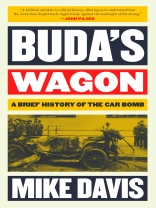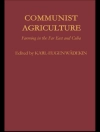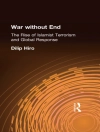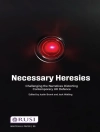On a September day in 1920, an angry Italian anarchist named Mario Buda exploded a horse-drawn wagon filled with dynamite and iron scrap near New York’s Wall Street, killing 40 people. Since Buda’s prototype the car bomb has evolved into a ‘poor man’s air force, ‘ a generic weapon of mass destruction that now craters cities from Bombay to Oklahoma City.
In this provocative history, Mike Davis traces the its worldwide use and development, in the process exposing the role of state intelligence agencies-particularly those of the United States, Israel, India, and Pakistan-in globalizing urban terrorist techniques. Davis argues that it is the incessant impact of car bombs, rather than the more apocalyptic threats of nuclear or bio-terrorism, that is changing cities and urban lifestyles, as privileged centers of power increasingly surround themselves with ‘rings of steel’ against a weapon that nevertheless seems impossible to defeat.
About the author
Mike Davis (1946-2022) was a writer, political activist, urban theorist, and historian. He is best known for his investigations of power and class in works such as City of Quartz, Late Victorian Holocausts, and Planet of Slums. His last two non-fiction books are Set the Night on Fire: L.A. in the Sixties, co-authored by Jon Wiener, and The Monster Enters: COVID-19, Avian Flu, and the Plagues of Capitalism. He was the recipient of the Mac Arthur Fellowship and the Lannan Literary Award.












